Table of Contents
You can install a thermostat backward and upside-down:
Any old school mechanic will know which way a thermostat goes because they have done so many. But in the beginning, it can be confusing, and you can install it backward and cause a lot of funky problems.
This is a trick that if you remember it you will never install a thermostat in the wrong way, and you’ll always be able to bleed the cooling system easily.
Old School Mechanic Trick #2:
The shorter end (Arrow B) of the thermostat always points toward the radiator hose, and away from the engine.
Therefore, the deep end (Arrow C) of the thermostat always gets installed going towards, or into, the engine. (Arrow A) in the photo is the new thermostat gasket on the new thermostat, make sure to always use a new thermostat gasket if your Factory Service Manual calls for one.
DIYers and beginner mechanics always forget to put the thermostat gasket on the thermostat, as some new thermostats do not come with the gasket. If you do not put a thermostat gasket on you will have a leaky thermostat and air entering the cooling system. Meaning it will cause the car to overheat after time.
My thermostat only fits in the housing one way:
On some cars, it is impossible to install the thermostat upside down simply because it will not fit back in the housing. However, on other cars or trucks, it is entirely possible to install the thermostat backward and has been done by countless people.
Question: What are the symptoms of a thermostat installed backward?
Answer: A thermostat installed backward will cause the engine to overheat quickly, similar to a thermostat being “stuck closed.” Therefore, always double check that the thermostat is installed in the correct direction, and if equipped with a jiggle valve you install it according to the Factory Service Manual.
Which way does the jiggle valve go? Up or Down or at 6 o’clock?
With this one, I am once again going to highly encourage you to follow your factory service manual for your car or truck. Every manufacturer is different in where they say the jiggle valve should go. The jiggle valve positioning can also affect the entire cooling system on some cars and cause as much as an 8-10 degree Celsius change in the temperature. That may not sound like a lot, but on a hot engine that is a big difference.
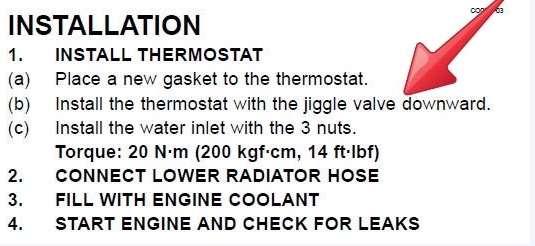
Drill or Not To Drill The Thermostat:
One old-school mechanic trick is to drill-out the jiggle valve with a slightly larger diameter drill bit (around 1/8″ drill bit usually). Some mechanics claim that this help in the bleeding process and they, therefore, drill out there thermostats (even if they don’t have jiggle valve, to begin with).
The jiggle valves main purpose is to allow air to pass through the coolant system so that an air pocket doesn’t get stuck at the thermostat. The reason it is called a jiggle valve is that it typically has a little piece of metal that jiggles around inside the hole.
I didn’t know the point of this jiggling piece of metal, and I figured it was useless so I would drill or cut it out to open up the flow. Through my research, though I realize it serves an important function. The jiggle valve helps keep rust or other junk in the coolant from clogging the small opening. By jiggling around as the coolant flows it breaks up gunk and keeps it from clogging the hole. Pretty cool!
Drilling Has Worked For Me:
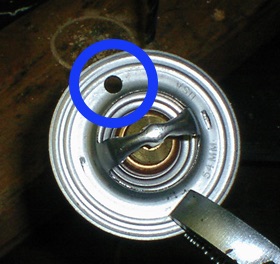
I have drilled out a ton of my jiggle valves on my own cars and never had a problem.
However, I would always recommend using the OEM thermostat, gasket, and then making sure you install the jiggle valve location according to the FSM. You definitely do not need to drill out your jiggle valve if you haven’t had a problem bleeding the car, or have other reason to suspect the thermostat isn’t bleeding properly.
If you get stuck and can’t find good information online, call the dealerships and ask a technician.
Tell them nicely you have looked online, and still can’t figure out where the jiggle valve goes. They should help.
There is no one way that fits all, however, if you properly bleed the cooling system the jiggle valve should not come into play.
I do like following the manufacturer’s specifications with the jiggle valve specifically since I have dealt with cars that have been nearly impossible to bleed properly.
Those are a huge pain in the butt, and avoiding coolant bleeding problems is worth the five minutes to research which way the jiggle valve goes.
One Last Old School Mechanic Tip Regarding Coolant and Bleeding:
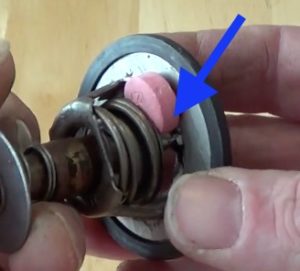
This will allow easier bleeding, as you can fill the car with coolant and it will be able to burp through the thermostat cold.
Typically you fill the coolant, run the car, wait for the thermostat to open up and keep topping up the coolant.
With this trick, you can bleed the cooling system easier, and my vote is any way to make bleeding the coolant is easier gets my vote.
The pill quickly dissolves in the heat of the engine running and will cause no harm to your engine/coolant.
If you’re looking for a high-quality technician level ratchet set without breaking the bank, read my post here. That ratchet set seriously delivers for the money, and I highly recommend at least reading my review. You can’t beat the price and quality.
To Read The Next Old School Mechanic Trick #3 Click Here. Bring your ice!

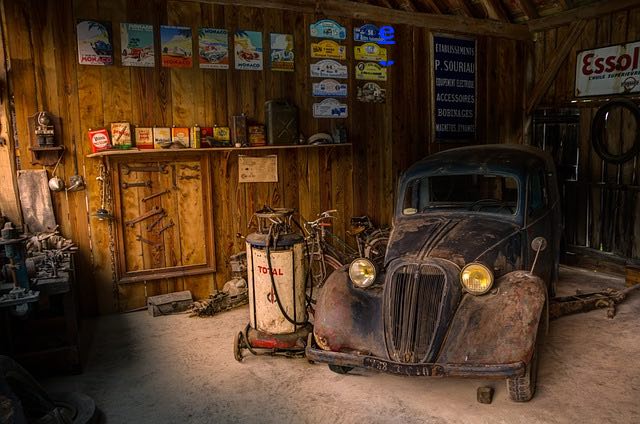
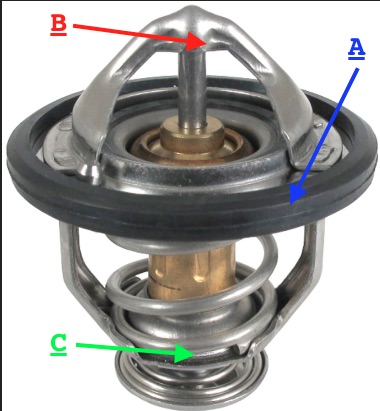
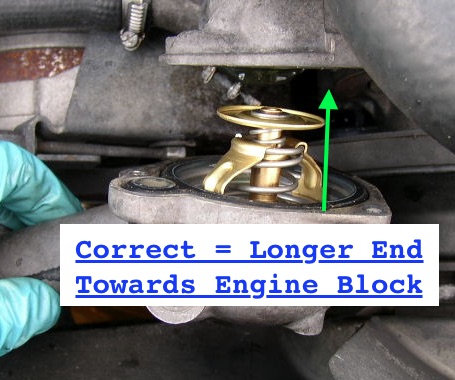
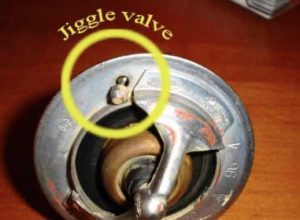




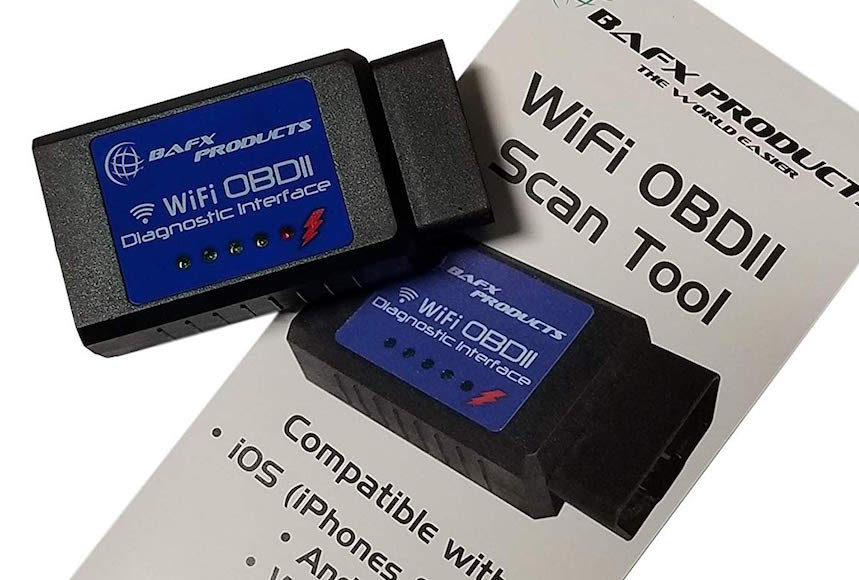
Some where in the back of my mind I knew the long side goes in to the engine block but the one I pulled out was opposite. guess I just needed to be told that again. Thanks.